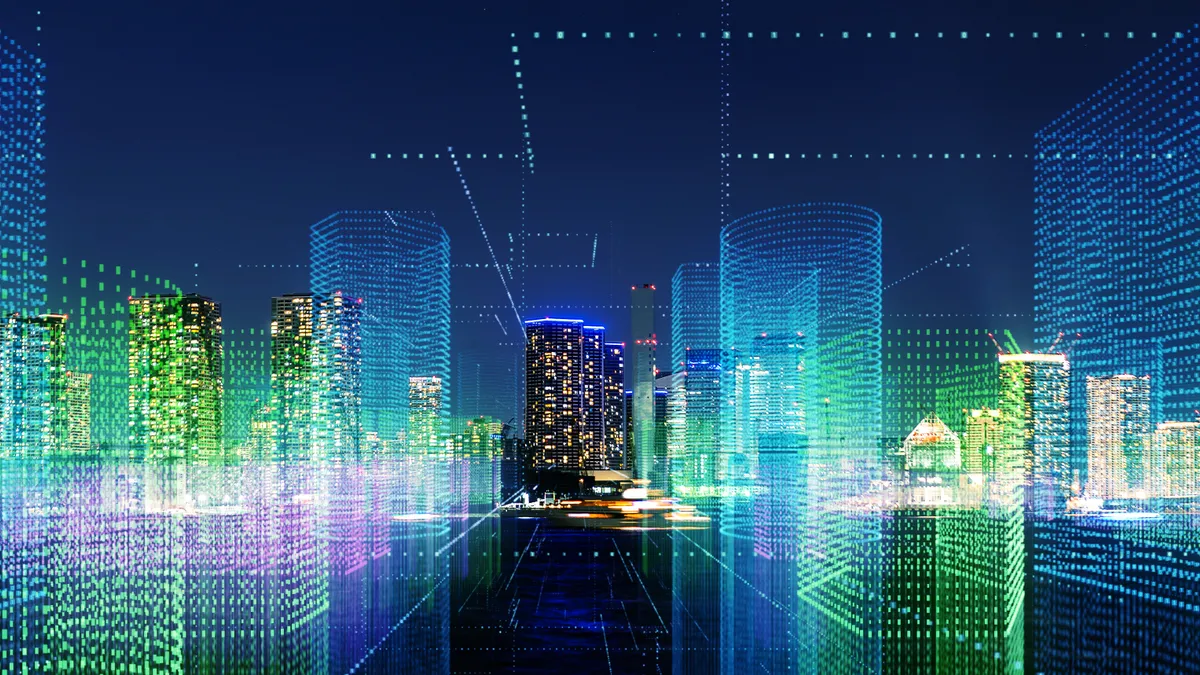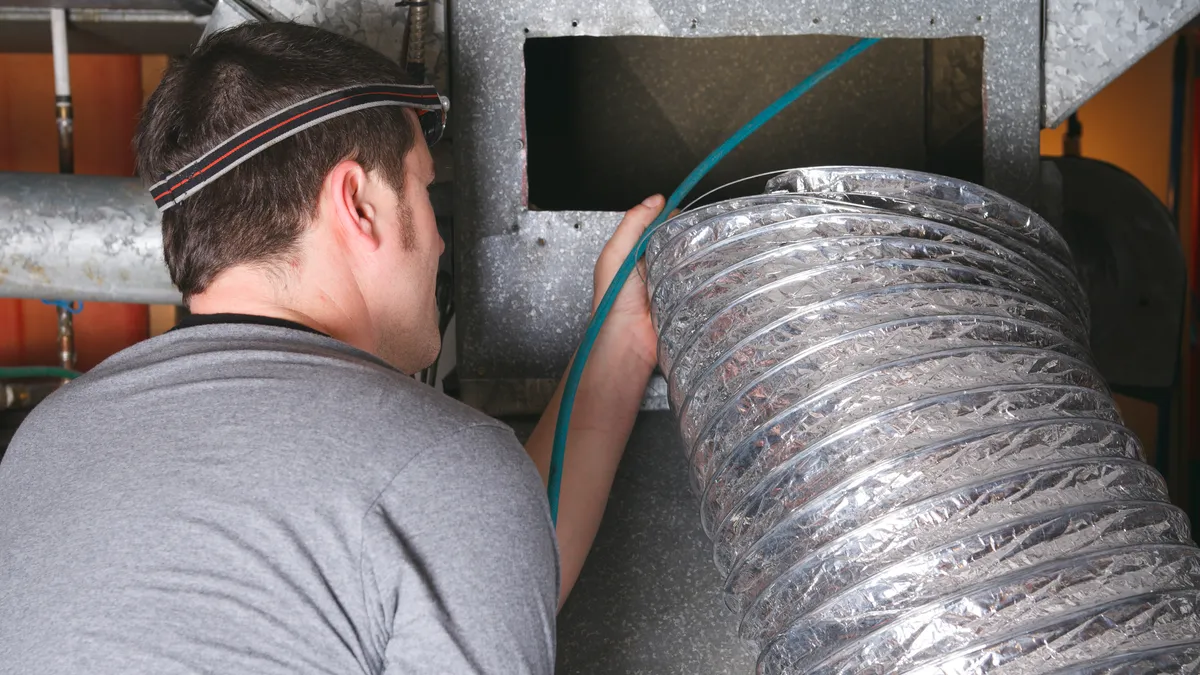Technological innovations are driving rapid change in facilities managers’ work, underscoring the need for cross-functional collaboration, data analytics and effective risk management, speakers said at the NMFT Remix conference in Orlando in late October.
Generative AI
ChatGPT holds promise for facilities managers, said Rafi Dowla, co-founder and CEO of PremiseHQ, a Toronto-based maker of systems for analyzing numerous facility management functions. The generative artificial intelligence tool can help enhance operational efficiency, reduce costs, boost tenant satisfaction and provide other competitive advantages, Dowla said. His team has collaborated with clients to strategically introduce ChatGPT to their internal teams, with a focus on striking a balance between minimizing risk and garnering a sizable return on investment, he said.
“Thinking about a data pipeline strategy is critical before deploying ChatGPT directly in your system,” Dowla said. “How you process your data and integrate with ChatGPT is … the most important part of the strategy. Behind the user interface, you need to work with an [AI] expert who can help you architect that in a way that is scalable and portable.”
One example Dowla gave is the potential for ChatGPT to offer insights into indoor air quality improvements. His team is conducting a study in concert with a Canadian university to deploy sensors for identifying hot and cold spots in buildings. “We’re using ChatGPT to analyze that data and give feedback to the buildings in terms of where we need to put systems in place to address these hot and cold spots,” he said.
But the use of generative AI faces adoption barriers such as testing and optimization, Dowla said, as well as issues related to system compatibility, data security, privacy, employee training and tenant education.
Sensors and the Internet of Things
Applications of the Internet of Things in facilities management include integrated workplace management systems that use sensors to measure occupancy, air quality and the efficiency of HVAC systems, speakers said. Sensors can detect motion; sensors placed under office desks can determine occupancy based on how much body temperature is generated by the person seated there; and sensors deployed in air quality monitoring devices can monitor indoor and ambient environments, said Peter Costanzo, director of workplace technology solutions firm ROI Consulting Group.
The proliferation of air quality sensors needs to be matched with better hardware that can go into air filtration systems as well as more staff training on servicing those filtration systems, according to Kevin Delahunt, senior technical advisor at BGE Indoor Air Quality Solutions. “We shouldn’t have to put [in] a gas casket and such. But we do, as we’re trying to make the best of a bad situation. We need to look at the hardware as we go up in efficiency,” Delahunt said.
Costanzo emphasized the evolving role of thermal sensors and digital twins — virtual representations of a facility — in smart building functions amid a shift from wired to wireless technologies. “There’s also the concept of a gateway or a hive or hub, which I would call a proprietary network. What’s nice about some of the gateways … is that they’ll work at different frequencies [which means] you can cut down battery usage [and thus] cut down the amount of battery that’s needed,” Costanzo explained. Additional technologies like lidar and indoor positioning systems are effective in addressing challenges of efficient space utilization, wayfinding, managing and tracking assets in large facilities, and occupancy monitoring, Costanzo said.
Data insights and cybersecurity
Data insights are crucial for gaining access to capital and maximizing the service life of equipment, said Sergio Pages, client relations manager at StructureTec Group, a consulting and construction services firm that specializes in restoring building envelopes, roofs, pavement and concrete structures.“Data drives our decisions. We want to have a plan of attack, and we need data that helps us make those decisions [in terms of] where to deploy funding when it comes,” Pages said during a session on creating better buildings.
Pages advises facilities managers to tap into those data insights to optimize the efficiency of newer equipment. “If I put in $100,000 for a new asset, I can get 10 years out of it. Or I can put in $150,000 and get 20 years out of it. When you get the funding, take into consideration the service life costs of what you’re going to be investing that money on,” Pages said.
Facilities managers can harness technologies like real-time energy optimization and monitoring platforms — based on fault detection and diagnostics — to monitor and reduce energy consumption, said Ronak Shah, energy analyst at InSite.
Stephen Stalnaker, vice president and general manager at the Florida division of Albireo Energy, said he has been receiving questions about how buildings are measuring their carbon footprint, waste output, water output and energy usage for government reporting purposes. “So we’re working with facilities managers to produce that data,” Stalnaker said at a session on the role of data analytics in facilities management.
The increased technological functionality of buildings has also spawned a host of issues related to cybersecurity, Stalnaker pointed out. Although outsourcing cybersecurity has become the norm, particularly in multi-acre facilities spanning thousands of buildings, in-house technology experts are important for security, Stalnaker said. “Cybersecurity and IT support are people you would want to have in your staff. In data centers, it’s very critical. So, IT support and cybersecurity are typically almost always in-house, and you’re going to have to have someone onsite,” Stalnaker said.











